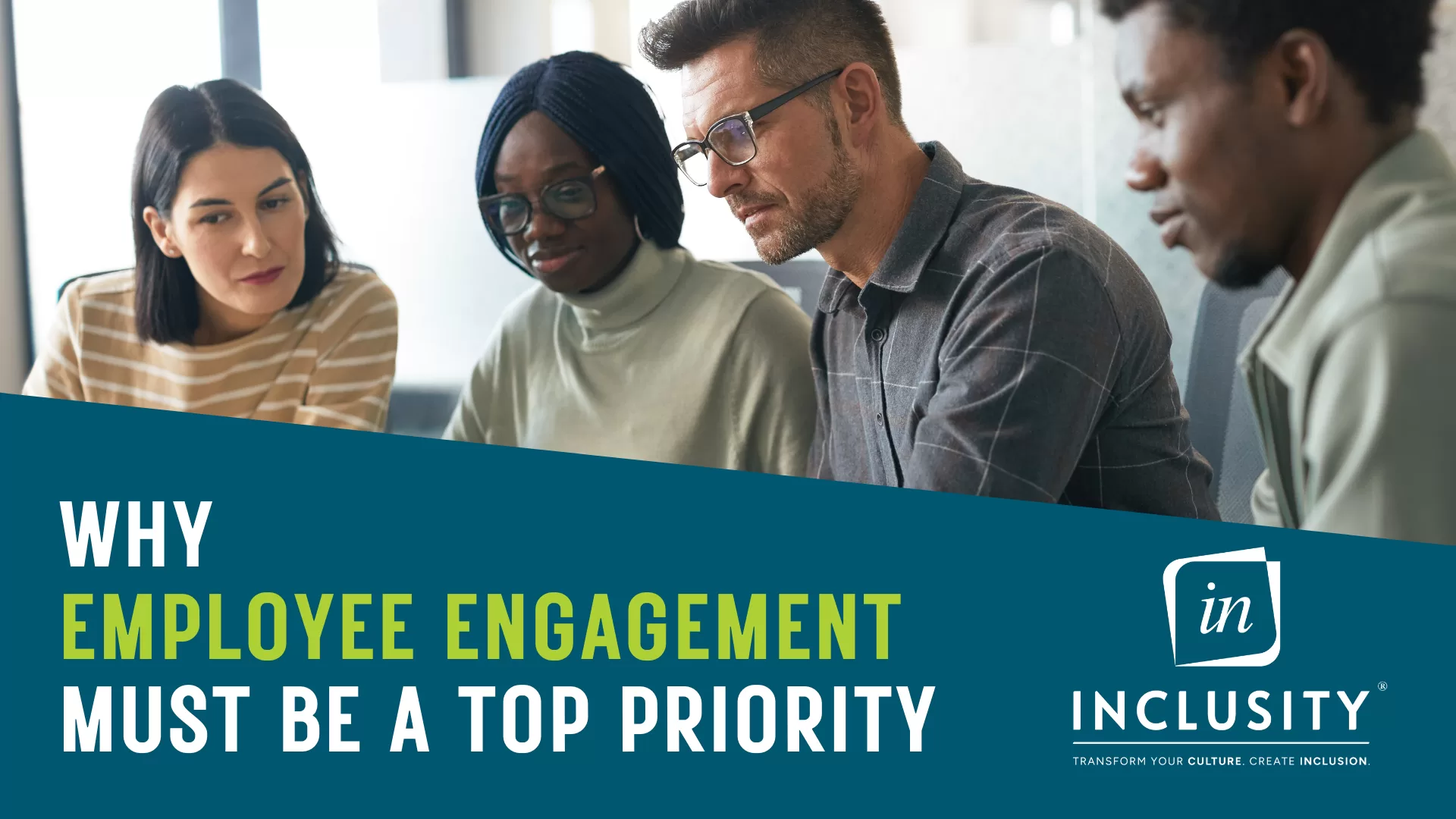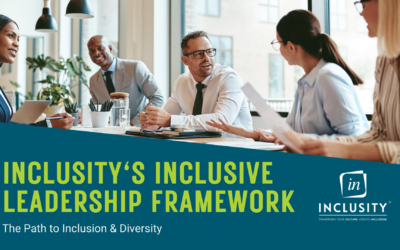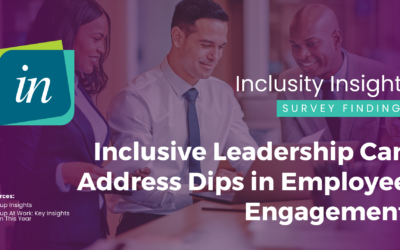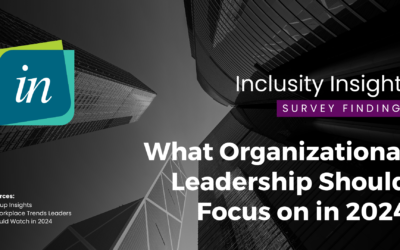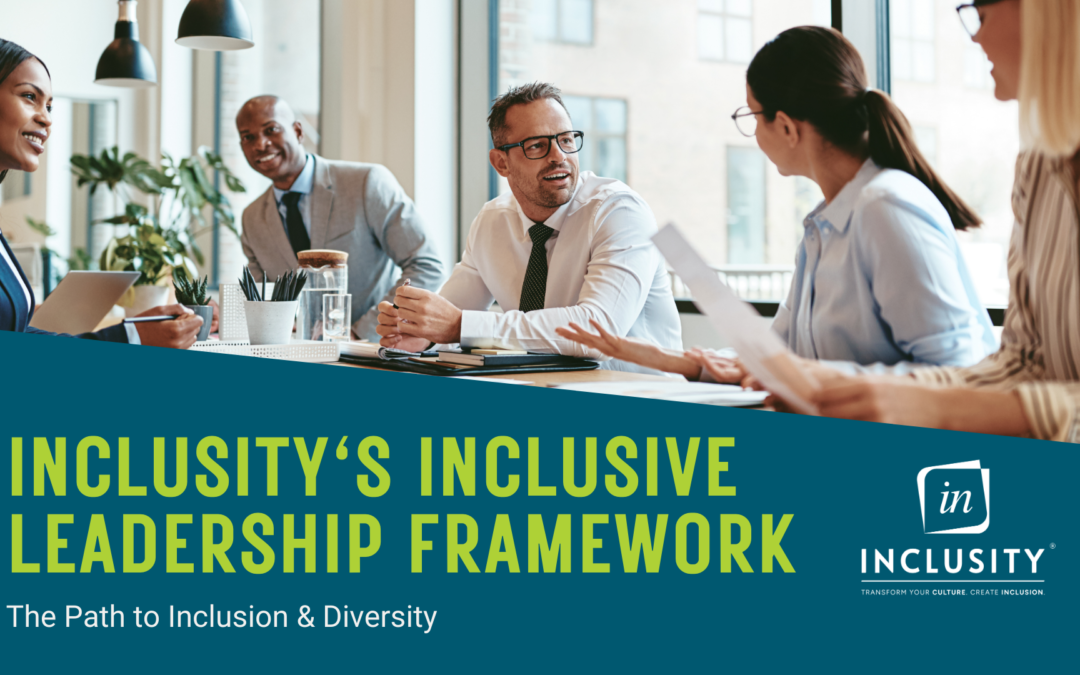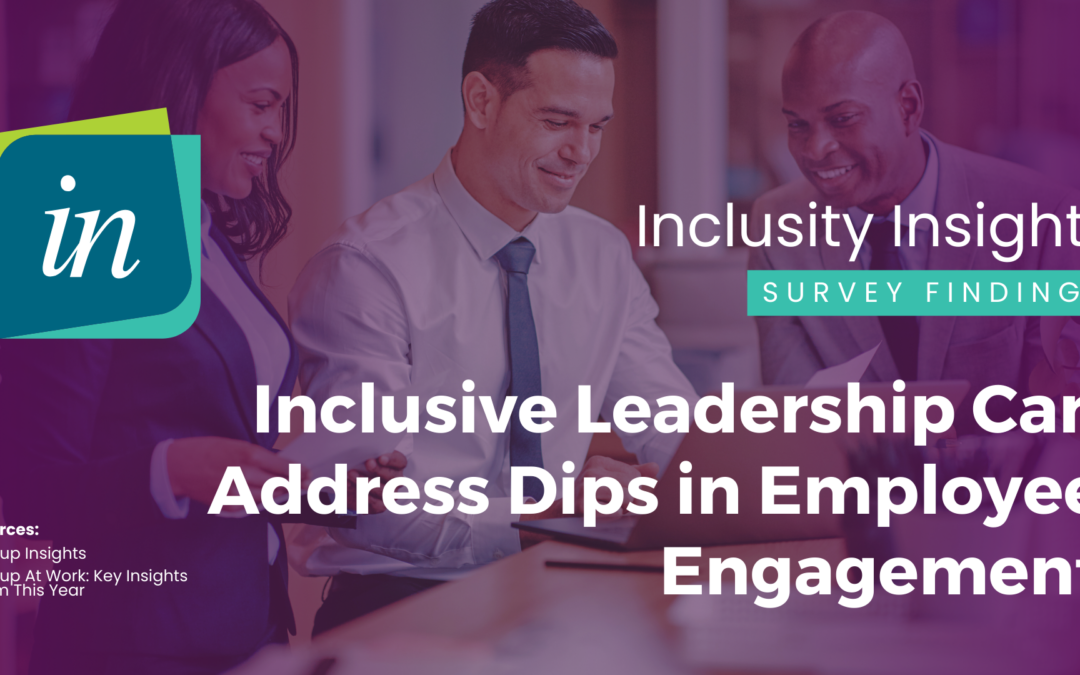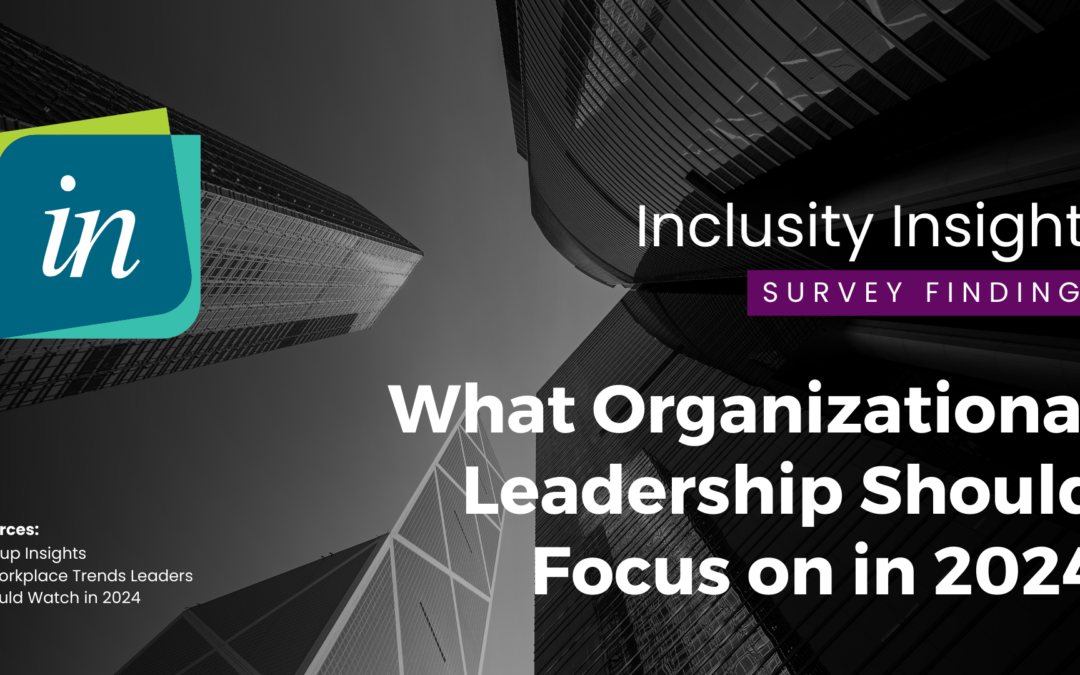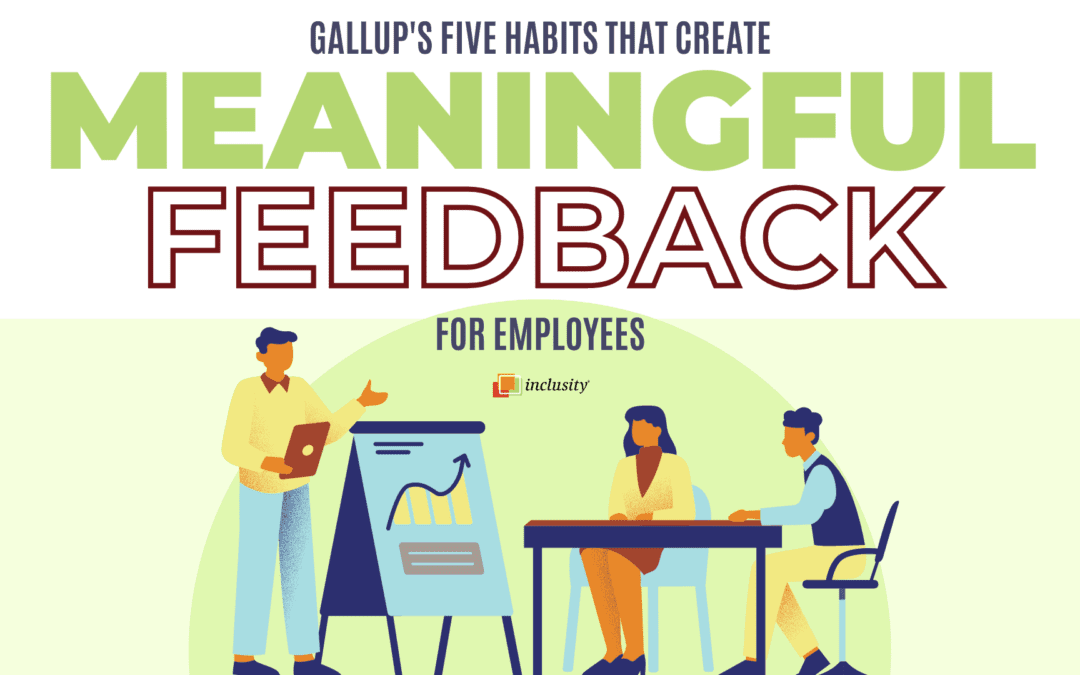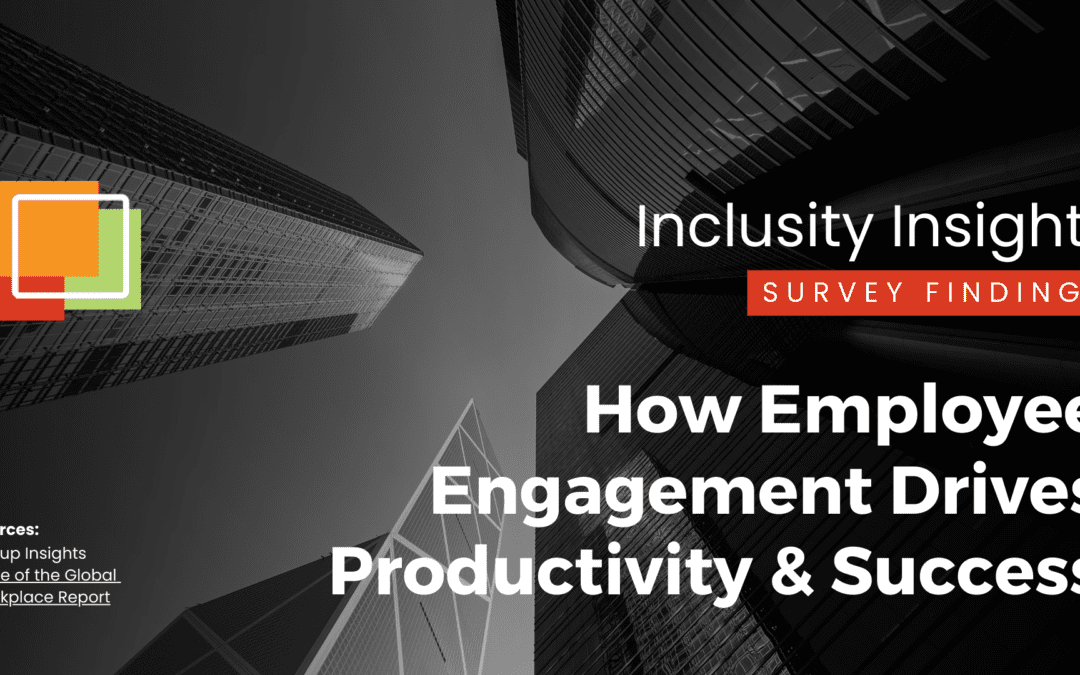In the world of work, engagement isn’t just a buzzword – it’s a bellwether. According to Gallup’s latest global workplace report, employee engagement has fallen for only the second time in more than a decade. For U.S. employees, that drop is the first in 15 years.
This shift isn’t just a statistic. It’s a signal.
At Inclusity, we’ve found that employee engagement is one of the clearest reflections of how people are experiencing their work, their leaders, and their sense of belonging. And when the numbers dip – even slightly – it should prompt leaders to ask: What’s happening beneath the surface?
The Pressure Beneath the Dip
The Gallup study shows a significant trend: engagement is beginning to decline after years of incremental growth.
That change coincides with a perfect storm of challenges: return-to-office tensions, economic uncertainty, and ongoing organizational restructuring. When people feel unsettled, they naturally pull back. Disengagement becomes a form of self-protection.
This is especially true during times of organizational change. Whether it’s a merger, a leadership transition, or a shift in a strategic direction, change can trigger anxiety and resistance. People begin to question their place in the organization. They wonder if their voice still matters.
Unfortunately, engagement efforts often fall by the wayside during these moments. Leaders get pulled into operational urgencies, and the human side of the business can feel like a “nice to have” instead of what it truly is: mission critical.
But the data tells a clear story—when engagement drops, so does productivity, innovation, and retention. Organizations can’t afford to deprioritize engagement when employees need it most.
And that’s precisely why engagement cannot be an afterthought – it must be a pillar.
Engagement Doesn’t Happen by Accident
Too often, organizations attempt to re-engage employees with surface-level solutions: casual Fridays, ping-pong tables, or one-off wellness webinars. The Gallup data reminds us that real engagement stems from more meaningful sources.
Employees thrive when they:
- Feel connected to their team and leader
- Understand how their work contributes to a bigger purpose
- Believe their opinions matter
- Trust that their well-being is valued – not just their output
These are the pillars of inclusive leadership. And these are the conditions that make engagement possible – even in difficult seasons.
Leadership’s Call to Action
The dip in engagement is not a crisis—yet. But it is a call to action. Leaders can’t afford to wait for engagement to recover on its own. Rebuilding it requires intention.
Here are seven ways leaders can boost employee engagement:
- Set Inspiring Goals – When people know where they’re headed—and why—they give their best. Clear, inspiring goals unlock passion and purpose.
- Celebrate Every Win – Recognition fuels momentum! A simple “thank you” or shout-out can spark pride and deepen loyalty.
- Keep Conversations Flowing – When communication is open, ideas flourish. Build a workplace where every voice is heard and valued.
- Invest in Growth – Show employees you believe in them. Training, mentorship, and stretch opportunities turn potential into power.
- Empower Smart Decisions – Trust your teams to take the lead. Empowered employees bring energy, innovation, and ownership to their work.
- Champion Work-Life Harmony – Flexibility isn’t just nice—it’s necessary. Supporting balance leads to happier, healthier, and more engaged teams.
- Lead with Heart – Authentic leadership lights the way. When you lead with integrity and empathy, employees lean in—with energy and trust.
The drop in engagement highlighted by Gallup doesn’t mean that employees have stopped caring. More likely, they feel that their organizations have stopped listening.
Now is the time for leaders to reaffirm their commitment to engagement—not with grand gestures, but with meaningful, everyday actions that foster trust and inclusion. Especially when the path forward feels uncertain, employees need to know they’re not navigating it alone.
Engagement Is a Choice – One Leaders Make Every Day
While the data may feel discouraging, it also presents an opportunity. It’s a chance to demonstrate inclusive leadership and cultivate engagement through consistent, intentional actions.
Every day, leaders make choices that either build trust or erode it. They choose whether to communicate transparently, to acknowledge employee contributions, and to create space for diverse voices to be heard. These small, everyday decisions add up. And especially in times of tension or transition—like reorganizations, layoffs, or shifts in strategic direction—employees look to their leaders for signals of stability, empathy, and purpose.
When leaders engage with curiosity, vulnerability, and a commitment to inclusion, employees feel seen and valued. That sense of connection is what turns disengaged observers into invested contributors. It’s not just about boosting morale – it’s about strengthening the foundation of the organization itself.
At Inclusity, we work with organizations to help leaders recognize and embrace this responsibility. Because in uncertain times, choosing to engage with people – not just processes – is what drives long-term resilience and success.

